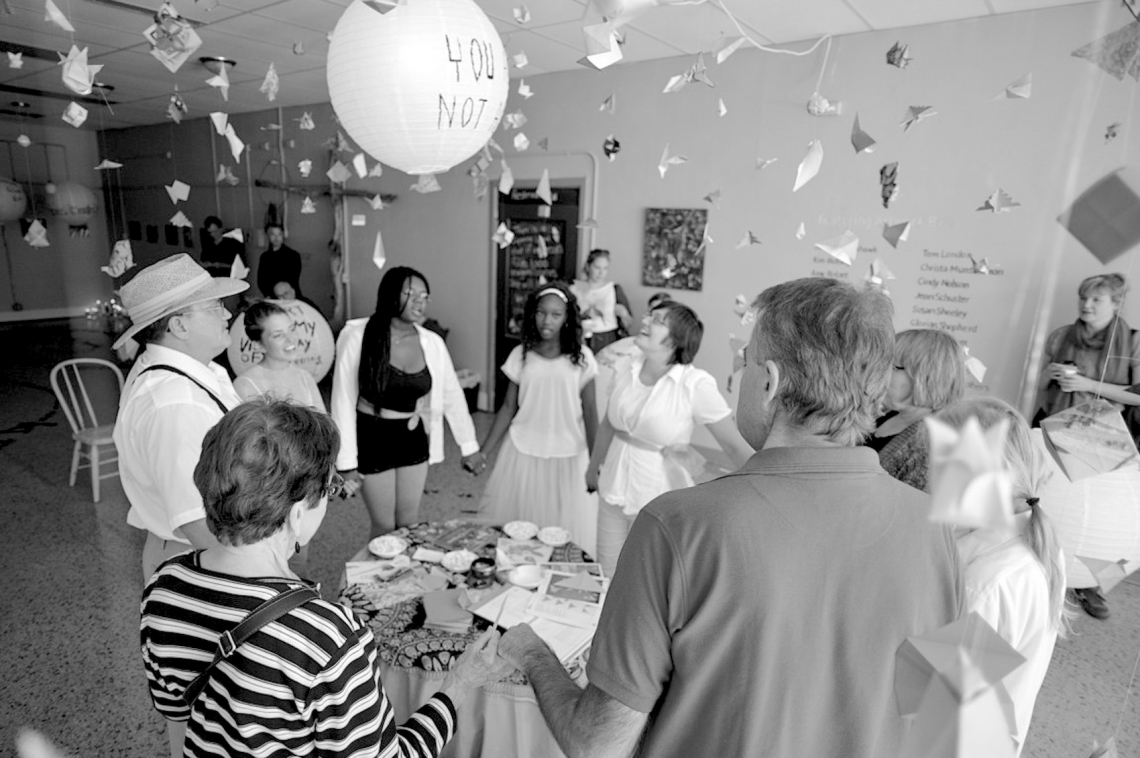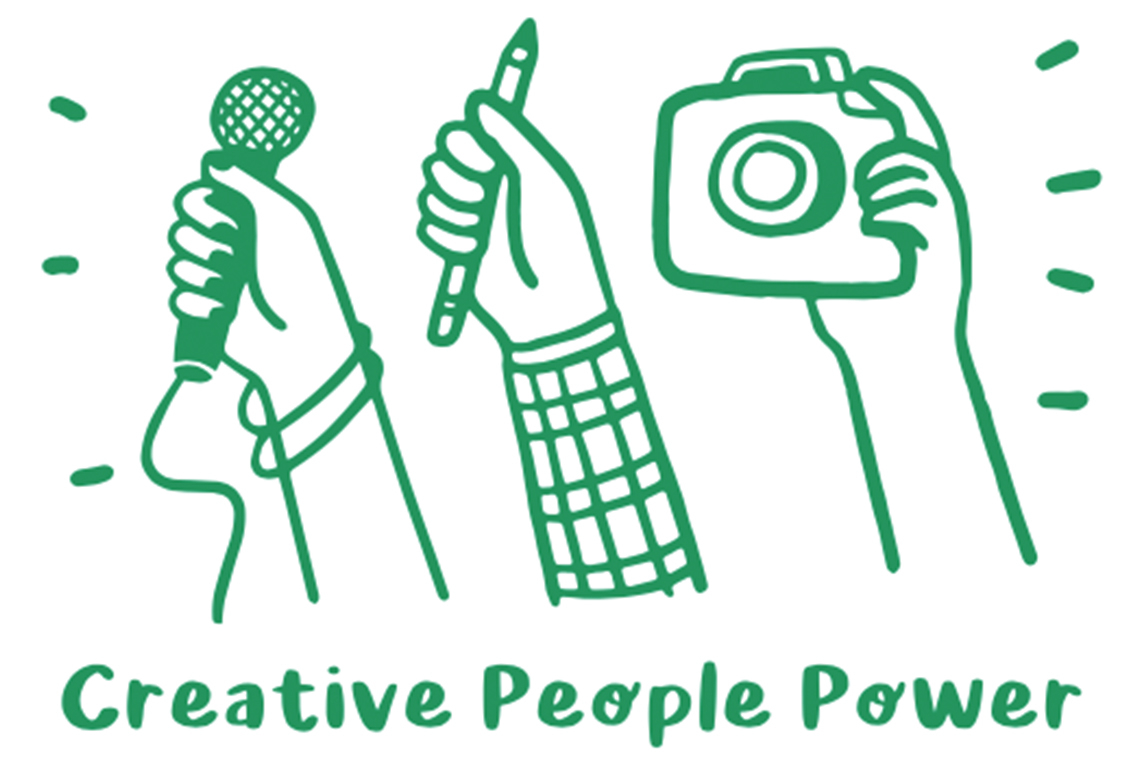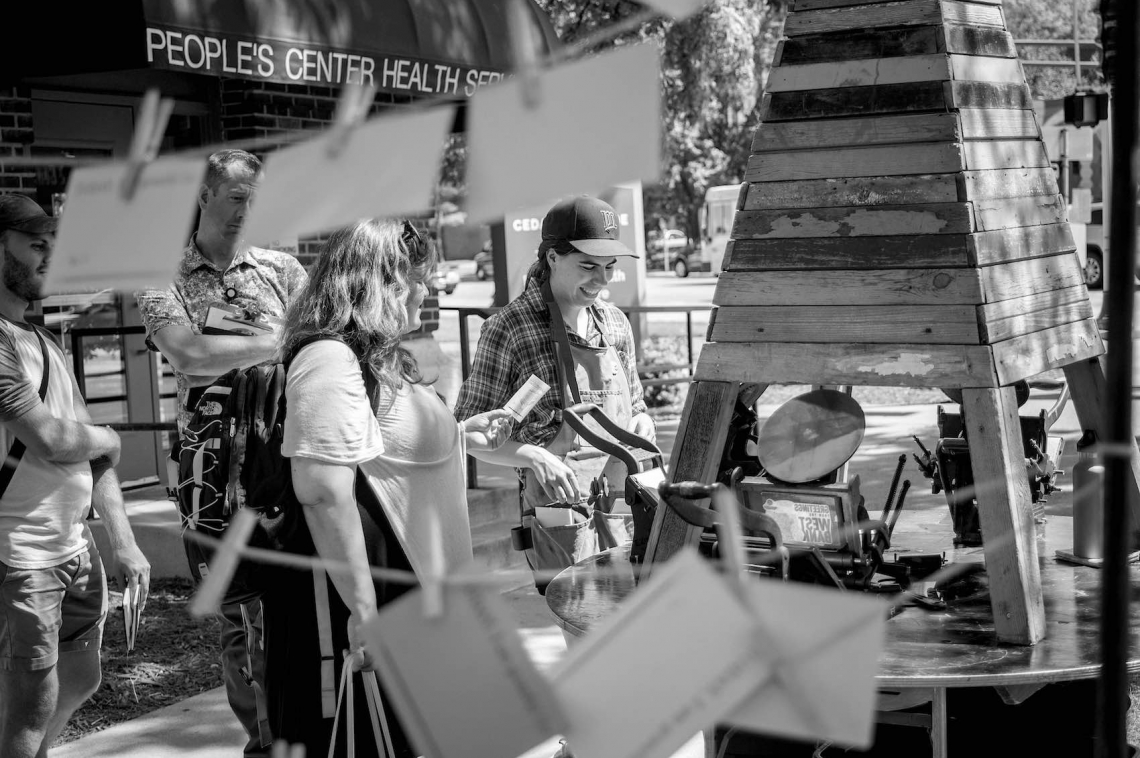


At ArtPlace, we’re surrounded every day by evidence that arts and culture can be powerful forces for positive change in communities across our country. Less frequently, we’re reminded that this truth is not always a straightforward one; in fact, it has many facets.
In 2018, Springboard for the Arts and Helicon Collaborative co-developed and released a report and framework called Creative People Power that explores many questions central to the success of creative placemaking undertakings—questions like: What conditions make community-improving art projects possible in a city or neighborhood? and: What systems support artists, culture bearers, and creative thinkers in dreaming up and delivering such projects? As they put it (emphasis ours):
“Too often, the arts and culture field simply holds up exemplary projects or artists to demonstrate how creative people can impact community change. While these examples can be inspiring, this approach unintentionally reinforces the misconception that creativity-based community change work is hard to do, requires special people or rarefied skills, or can only happen through a big, new (and often short-term) project. ...
“What we’ve learned from our experience is that communities aren’t transformed by a singular event, individual, or project, but by the participation and engagement of many people in actively shaping the community over time.”
Among many other insightful findings, the report discusses the two “natural, renewable resources” that all communities possess—people and creativity—and the increasing recognition in the community development field that when they are both properly nurtured, they can work together to propel long-term community health.
The report offers definitions and discusses the benefits of “people-centered development” and “creativity-centered development”—as well as some of the pitfalls they can create if not carefully employed. This point in particular stood out to us:
“...While creative community development approaches are inherently cross-sector, this does not necessarily mean that they are people-centered. In fact, creativity-centered development has often maintained or even reinforced the top-down decision making and elite power structures of traditional community development.
“Rather than using creative methods to bring more voices into community planning and empower broad based community leadership, some creative community development has primarily engaged high profile artists or arts institutions as partners. This approach can still bring numerous benefits, but it does not maximize the possibilities of a creative community development approach.”
While the authors lament that “currently, relatively few community development efforts intentionally integrate these two resources, which is a missed opportunity,” they do acknowledge that “some community groups and organizers...are intentionally investing in both civic and creative capacity as a pathway to building and sustaining healthy communities.”
Among the organizations interviewed for the report are some ArtPlace grantees we think are weaving people- and creativity-centered development together ably—very much including Springboard itself. One good example of their work in this vein is Irrigate, “an artist-led creative placemaking initiative spanning the six miles of the Central Corridor Light Rail Transit (CCLRT) line in Saint Paul, Minnesota, during the years of its construction. … By mobilizing artists to engage in their community, Irrigate will change the landscape of the CCLRT neighborhoods with color, art, surprise, creativity and fun.” It is this type of integrated project and process, led by artists who are members of the community they’re working in, that can fully capitalize on both the potential of artists to be true change-makers, and the potential of all residents to help plan, participate in, and sustain improvements where they live.
While no project is perfect, and combining people- and creativity-centered development approaches to our work in the most beneficial ways is often a challenge, resources like the Creative People Power report can help guide us toward making wise and balanced choices.
- Download the Creative People Power report
- Read more about Irrigate on Springboard’s website





